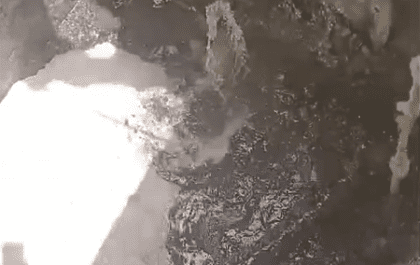Blue is rare but very fantastically admired and liked since the ages of ancient civilization. In today’s modern world, this colour has its significance. We see blue in every product and material. Rich or poor, both have a liking for this colour. See any uniform of staff, school, or hospital; everyone is wearing this colour from morning till night. You know, even denim is blue, which is accepted in all walks of life. So much so that various political parties are using blue as their symbol. The use of blue colour flags, banners, posters, caps, turbans, shoes, etc. Pen ink is the official color of governments throughout the world. The world loves Blue. The colour shows its significance in the cheapest to the richest way of life. They use colour blue on their boldest chests. If we talk about India’s linkage with Blue, anybody will quote Indigo…Neil. In Latin, Indicam (Neel is used for whitening of clothes). Dhobies, i.e., washermen, till now, use this organic Whitney to give whiteness to white shirts. Though various blue colour dyes are available in the market, and so the cloth mills have switched from Neel to dyes, earlier they were given buyers of Indigo, i.e., Neel. It is learnt that blue pigment has always been in short supply throughout the world.
The US is not producing ultramarine blue, as it is a byproduct of sulphur, but in India, companies are still manufacturing it. The blue colour gives coolness; it is a belief, so Nihangs of the Sikh faith use this colour for turbans, which maybe the reason. You know blue colour produces various other colour simply by mixing with them. And when the message of blue pigment was not available, the stalwarts of industry were shocked but started searching for other alternatives.
The making of colour is a subject of chemistry. Now throughout the world chemists are busy in search of blue pigment. In the olden days, some countries were promoting their indigenous methods to create blue pigment; France banned others from coming forward, so the same other European countries and America followed. The colour was getting up day by day. There are other burning stories about the farming of Neel, or Indigo. The English Empire was forcing Indian farmers of Bengal and Bihar to cultivate Indigo and stop local vegetables. In 1859 global trade came to a halt. Now the world is again talking about eco-friendly or organic colours which were once the bone of the Indian colour box. Now the world is telling the benefits of vegetable coloring when it is all spoiled by the chemicalization of everything coming from Mother Earth. Blue in our life: Sky Blue, Navy Blue, Indigo Blue, Sea Blue, Oxford Blue, Cobalt Blue, German Blue. Ink Blue… My Blue-Eyed Boy… lovely for all.
Popular Stories
How To Revive Your Rainwater Harvesting System
The Water Couple’s Journey: From Cleaning Tanks to Complete Water Solutions!
Locals Felling Trees Near Sec A Pkt C
Winning Has Become a Habit for Divya
Is Green Park Heading Towards A Slum
Haphazard Parking, Narrow Walking Space In M Block Market
Recent Stories from Nearby
- Elections at Silver Oaks April 5, 2025
- Silver Oaks Rangotsav: A Vibrant Celebration of Holi April 5, 2025
- Sarvam Shakti: A Decade of Empowerment and Grace April 5, 2025
- Turning Waste into a Valuable Resource April 5, 2025
- Stray Dogs Menace & Management, A Block Extension April 5, 2025







